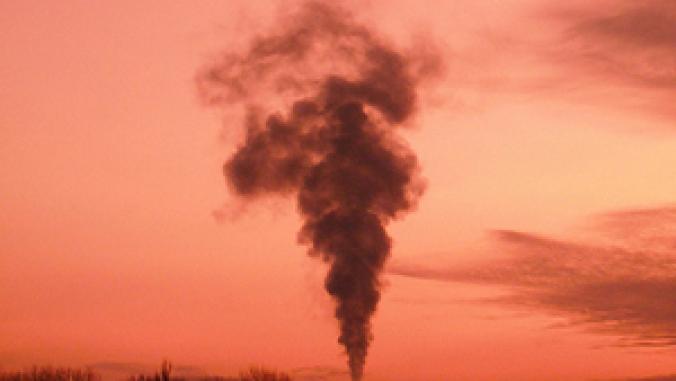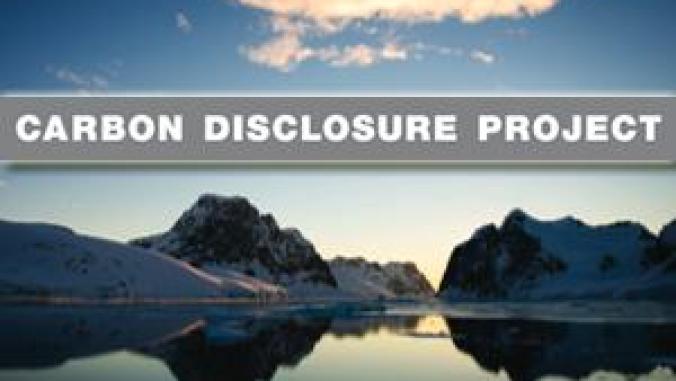Total GHGs Grow in 2007, Carbon Intensity Dips
Greenhouse gas emissions grew in 2007 by 1.4 percent over the year before because of unfavorable weather and a drop in hydropower generation, according to new data from the Energy Information Administration. Carbon intensity slid 0.6 percent below 2006 levels.

Greenhouse gas emissions grew in 2007 by 1.4 percent over the year before because of unfavorable weather and a drop in hydropower generation, according to new data from the Energy Information Administration.
Total greenhouse gas emissions reached 7,282.4 million metric tons of carbon dioxide equivalent, roughly 16.7 percent above 1990 levels. Since then, emissions have risen 0.9 percent on average every year.
President-elect Barack Obama has stated his intention of aggressively re-entering worldwide climate change negotiations and setting a goal to reduce U.S. greenhouse gas emissions to 1990 levels by 2020. He has also signaled his intent of cutting emissions 80 percent below 1990 levels by 2050.
Meanwhile, carbon intensity, or emissions measured against gross domestic product, fell 0.6 percent, which the EIA said is the smallest annual drop since 2002. Carbon intensity has declined, on average, by 2.1 percent annually, mostly because of reductions in energy use per GDP unit rather than an increase in low-carbon fuels.
Energy-related carbon dioxide emissions are responsible for 98 percent of all carbon dioxide emissions, according to the EIA. CO2 grew 1.3 percent last year, largely because of a 14.2 percent decline in hydropower. That led to increased use of fossil fuels, including coal, oil and natural gas.
Total greenhouse gas emissions reached 7,282.4 million metric tons of carbon dioxide equivalent, roughly 16.7 percent above 1990 levels. Since then, emissions have risen 0.9 percent on average every year.
President-elect Barack Obama has stated his intention of aggressively re-entering worldwide climate change negotiations and setting a goal to reduce U.S. greenhouse gas emissions to 1990 levels by 2020. He has also signaled his intent of cutting emissions 80 percent below 1990 levels by 2050.
Meanwhile, carbon intensity, or emissions measured against gross domestic product, fell 0.6 percent, which the EIA said is the smallest annual drop since 2002. Carbon intensity has declined, on average, by 2.1 percent annually, mostly because of reductions in energy use per GDP unit rather than an increase in low-carbon fuels.
Energy-related carbon dioxide emissions are responsible for 98 percent of all carbon dioxide emissions, according to the EIA. CO2 grew 1.3 percent last year, largely because of a 14.2 percent decline in hydropower. That led to increased use of fossil fuels, including coal, oil and natural gas.




